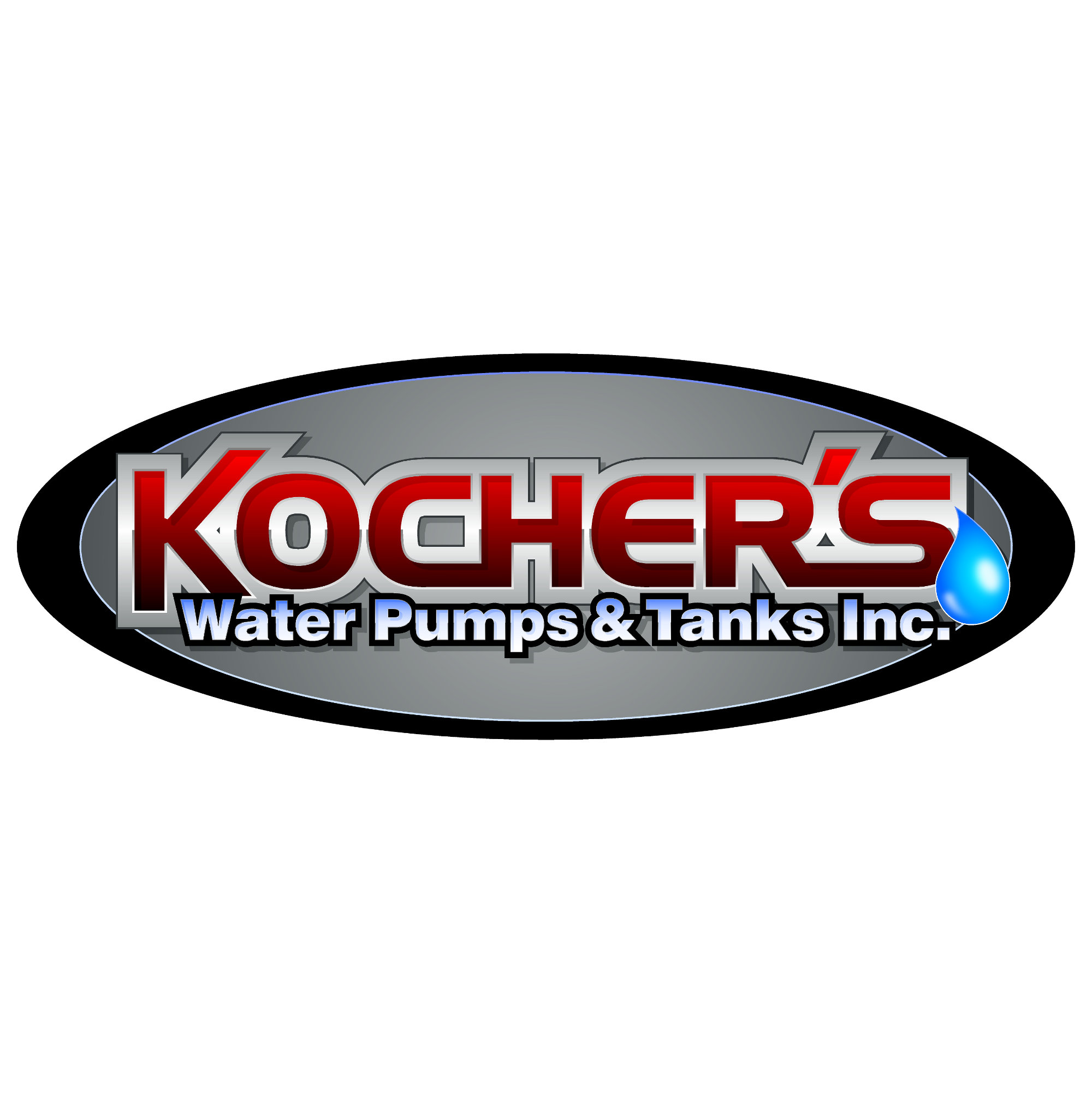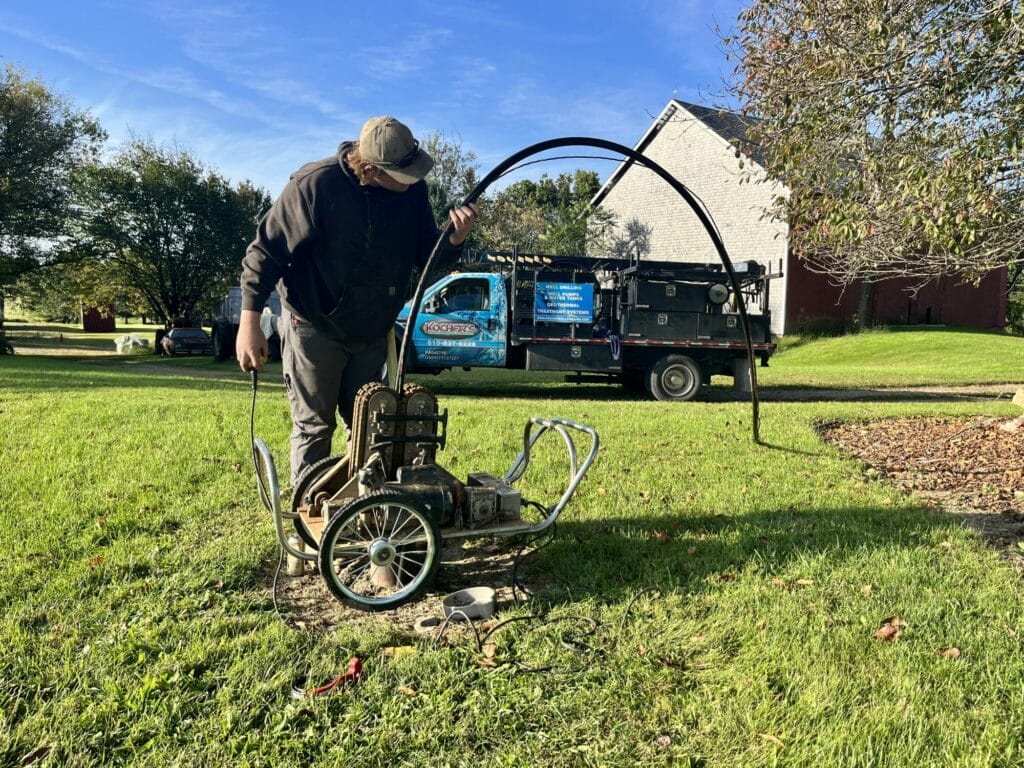Sump Pumps In Lehigh Valley, PA

Submersible Well Pumps: The Ultimate Defense for Your Basement
In Lehigh Valley, PA, safeguarding your home against water damage is critical. Our sump pump solutions, featuring advanced submersible well pumps, provide a reliable defense system for your basement.
🛠️ Protect Your Basement from Water Damage. Act Now!
Don’t wait for a flood to realize the importance of a reliable sump pump. Contact us today via our website or call us at 610-837-8226 to secure your home’s foundation and peace of mind.
Why Choose Our Sump Pumps?
- Expert Installation and Service: Our skilled professionals install and maintain sump pumps, ensuring your home’s safety. We abide by all local permissions and regulations, ensuring compliance and efficiency.
- Wide Service Area Coverage: Our experts serve Lehigh Valley and surrounding areas, including Allentown, Bethlehem, Easton, and more.
- Submersible Pump Efficiency: Our submersible well pumps operate quietly and efficiently, minimizing energy usage while maximizing water evacuation.
- Comprehensive Solutions: We cater to different water and waste scenarios, providing a tailored approach for every home.
Service Area: Sump Pump Solutions in Lehigh Valley, PA, and Adjacent Regions
📍 We are proud to offer our specialized sump pump services across various areas in Pennsylvania. Our service locations include Effort, Bangor, Nazareth, Saylorsburg, Mount Bethel, New Tripoli, Hellertown, Williams Township, Allentown, Bethlehem, Easton, Brodheadsville, Schnecksville, Quakertown, Kutztown, Pocono, Stroudsburg, Lehighton, Wind Gap, and all surrounding areas. Trust us to keep your basement dry and your home safe. 📍
Understanding How Sump Pumps Work
- Activation Mechanism: When water enters the sump basin, the pump’s float switch triggers the motor, efficiently redirecting water away from your home.
- Fundamental Components: Each pump comprises a motor, float switch, and check valve, ensuring a robust system against flooding.
- Power Considerations: Although your home’s electricity primarily powers the system, we also offer battery backup systems for uninterrupted operation, even during power outages.
Delving into the Mechanics of Submersible Pumps
- Excess water enters the sump basin.
- Rising water levels or increased pressure activate the float valve.
- The motor powers up, driving the pump.
- Water is channeled away from the home via the discharge line, preventing potential flood scenarios.
Critical Components of a Submersible Pump
- Motor: The driving force behind the pump.
- Pump: Facilitates removing water from the basement.
- Float Switch: Activates the pump when water reaches a set level. Varieties include vertical floats.
- Check Valve: Stops backflow into the sump basin post drainage.
"*" indicates required fields
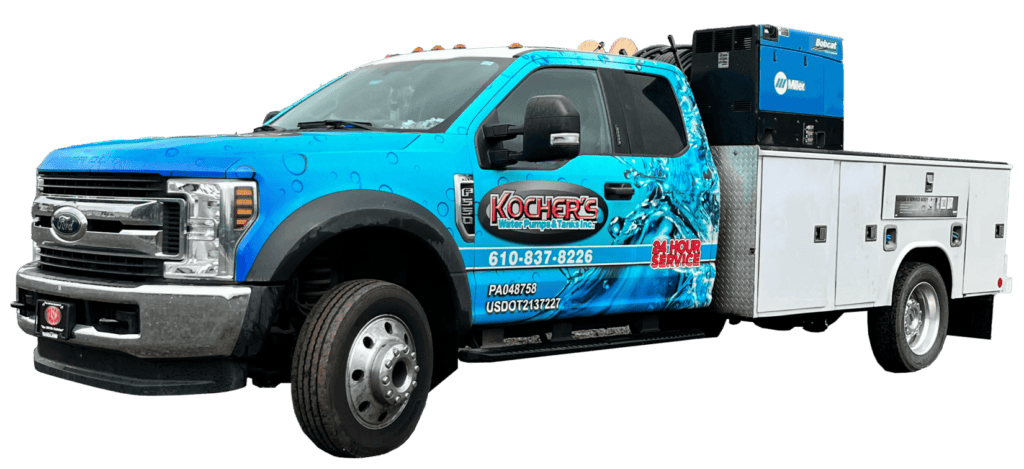
Types of Sump Pumps
Protecting homes from the perils of flooding, sump pumps come in two primary variants: submersible and pedestal.
Submersible Sump Pumps
These pumps are designed to operate submerged in the sump pit and boast a waterproof casing, ensuring no electrical mishaps. Key features include:
- Quiet Operation: Thanks to its underwater design.
- Efficiency: Driven by an impeller, it activates when water levels rise, pushing dirty water out through a drainage hose.
- Durability: Capable of handling water mixed with small solids, preventing pump cavitation.
- Maintenance: Being submerged, they might require more effort for repairs or replacements.
Pedestal Sump Pumps
Unlike their submersible counterparts, pedestal pumps have their motor positioned above the sump, ensuring it remains dry. Highlights include:
- Accessibility: The above-ground design allows easy access for maintenance.
- Cost-Effective: Typically priced lower than submersible pumps.
- Space-Efficient: Ideal for smaller sump pits.
- Operation: Activates when water levels surge, efficiently redirecting water away from the home.
Why You Need a Sump Pump
A sump pump is not merely a device; it’s an essential defense against moisture damage, crucial for any property with a basement or crawl space, especially in areas prone to flooding. Here’s why installing a sump pump is a wise decision:
Sump pumps work tirelessly to keep your basement dry, actively evacuating water to protect against flooding. This ensures your space remains safe and moisture-free, crucial for areas expecting their fair share of rainfall.
These devices control humidity levels, preventing mold and mildew buildup—key factors in maintaining your health and your home's durability. A dry basement or crawl space translates to a healthier environment and stronger structural integrity.
Known for their quiet operation and equipped with a float switch, submersible pumps are efficient and responsive. Despite a higher upfront cost, their effectiveness in managing moisture and quick response to rising water levels make them invaluable.
The float switch in sump pumps activates quickly as water levels rise, preventing potential disasters and keeping your home safe from sudden water ingress.
Beyond just keeping your lowest point dry, sump pumps offer solutions for pond water management and moisture control in various settings, showcasing their adaptability to different tasks.
With clear guidelines for choosing and installing, sump pumps are accessible for homeowners looking to bolster their property’s defense against moisture and corrosion, ensuring a safe, dry space.
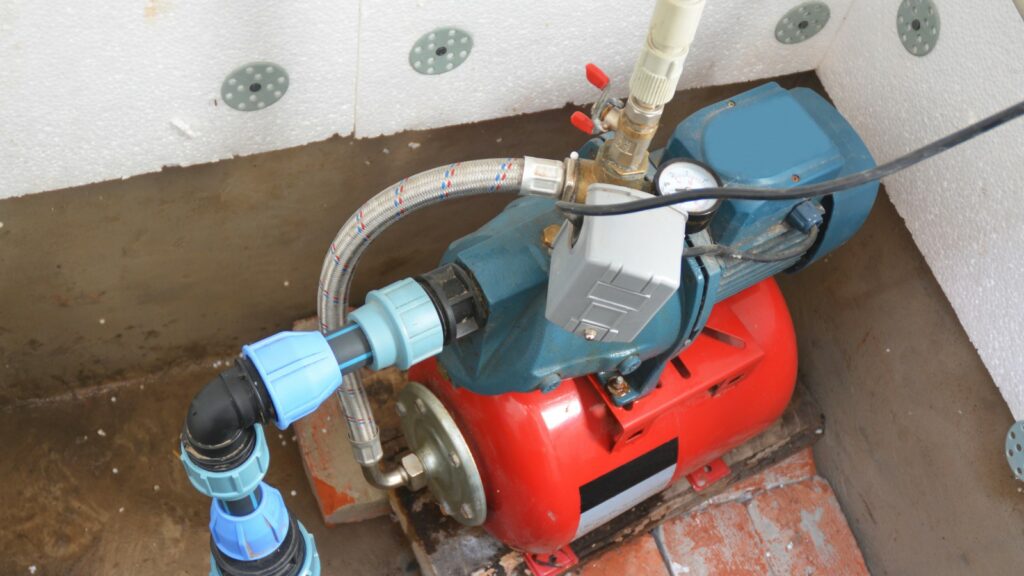
Sump Pump Maintenance and Installation
Our professional installation adheres to all safety standards and considers your home’s unique layout. Regular maintenance checks and prompt repairs guarantee the longevity of your sump pump system.
The Value of Submersible Water Pumps
Our submersible pumps, recognized for their underwater efficiency, are a strategic investment in protecting your home from water damage. They’re an ideal solution for homes in flood-prone areas or with basements susceptible to water ingress.
Act Now for Basement Protection
Don’t wait for a flood to occur. Contact us at 610-837-8226 or via the contact form on our website to schedule a consultation. Our team is ready to provide the best sump pump solutions tailored to your needs.
Kocher's Well Pumps: Excellence in Water Management
Why Kocher’s Stands Out in Water Solutions
Kocher excels in providing top-notch well pump solutions in Lehigh Valley, PA, meeting a broad spectrum of needs from residential to industrial. Our expertise doesn’t stop at keeping your basements protected; we extend our skills to effective water management for your ponds and pools. Our team navigates through all necessary permissions and regulations to ensure a compliant and hassle-free installation process.
Unparalleled Service for Diverse Needs
- Expert Solutions Across Settings: From homes to industrial sites, our extensive experience and equipment cater to all scenarios.
- Versatile Use: Ideal for ponds, pools, and more, our pumps offer practical solutions for various water management needs.
- Safety and Compliance: Prioritizing safety, we manage all required permissions to align with local standards.
- Customized Systems: Tailored to fit your specific needs, whether it’s a robust setup for industrial use or a compact system for home use.
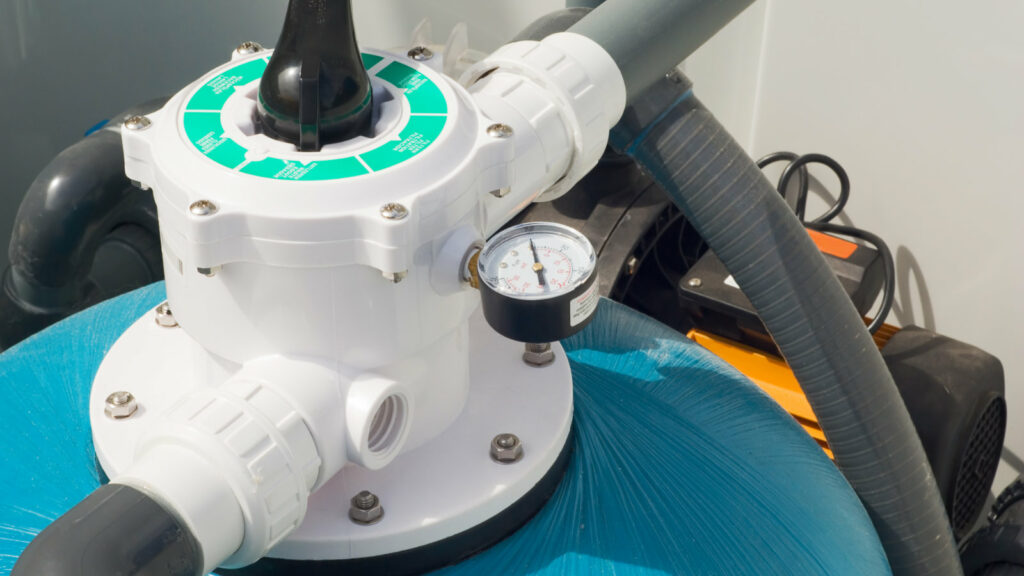
Engage with Kocher’s for Reliable Water Management
Kocher’s is your benchmark for water management excellence. With our wide-ranging experience, from simple sump pumps to intricate industrial systems, we guarantee long-term reliability and efficiency. Explore our services and discover how our well pumps can safeguard your property. With Kocher’s, expect top-quality service ready to address your water management needs.

